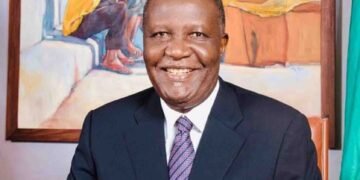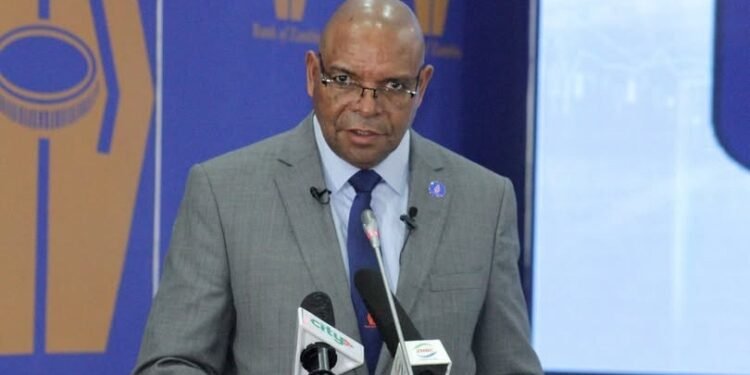No quick fix for our economic woes – BoZ
By Tony Nkhoma
NO SINGLE policy can solve the country’s current economic problems including debt, Bank of Zambia (BoZ) Governor Denny Kalyalya has said.
Kalyalya said the heavy debt currently constricting Zambia’s economy could not be solved with a single-bullet policy pronouncement.
He said this in Lusaka yesterday when he announced the monetary policy rate (MPR).
Kalyalya said the country needed to focus on upward economic growth for a sustained period of time.
“The current debt is a serious constraint on the economy. However, what the country needs to do is we need to get economic growth upwards through but for a consistent period,” Kalyalya said.
He said that was the reason government was looking for ways to keep the ratio up until the economy got out of the current constraints.
Kalyalya said the move would require making very hard decisions, which were the type the central government was looking for.
“So it’s intended for that purpose so that our economic position gets better. Now how do we really get out of this? So we need to drop the inflation ration upwards of 10 per cent or seven per cent for a consistent period of time. Then we start moving forward,” Kalyalya said.
He said there were “very difficult choices” economically that the country had to make for it to thrive.
“But the idea is that in doing so, we will get the economy moving and we will get out of this and be able to have higher levels of gross domestic product (GDP). So these are the complex analyses that we are doing on a daily basis,” Kalyalya said.
He said going into public private partnership was key to extending the financial base of the country.
“We are also urging people to go for these outside funds. This is why the government is also going into PPP. The aim is to use other resources other than the budget resources,” Kalyalya said.
Meanwhile, the Bank of Zambia Monetary Policy Committee (MPC) yesterday maintained the MPR at 14.5 per cent while the inflation ratio lies above 13 per cent well above the 6-8 per cent target band.
“The committee assessed that risks to the inflation outlook remain tilted to the downwards side and mostly relate to the expected increased earnings from copper exports and subdued crude oil prices working through the exchange rate and expectations channels,” Kalyalya said
He acknowledged lingering uncertainties associated with the evolving global trade policies and persistent geographical tensions.
“The committee, therefore, decided to maintain the policy rate at 14.5 per cent. The decision will also allow for the consolidation of the gains made so far on inflation,” Kalyalya said.

























